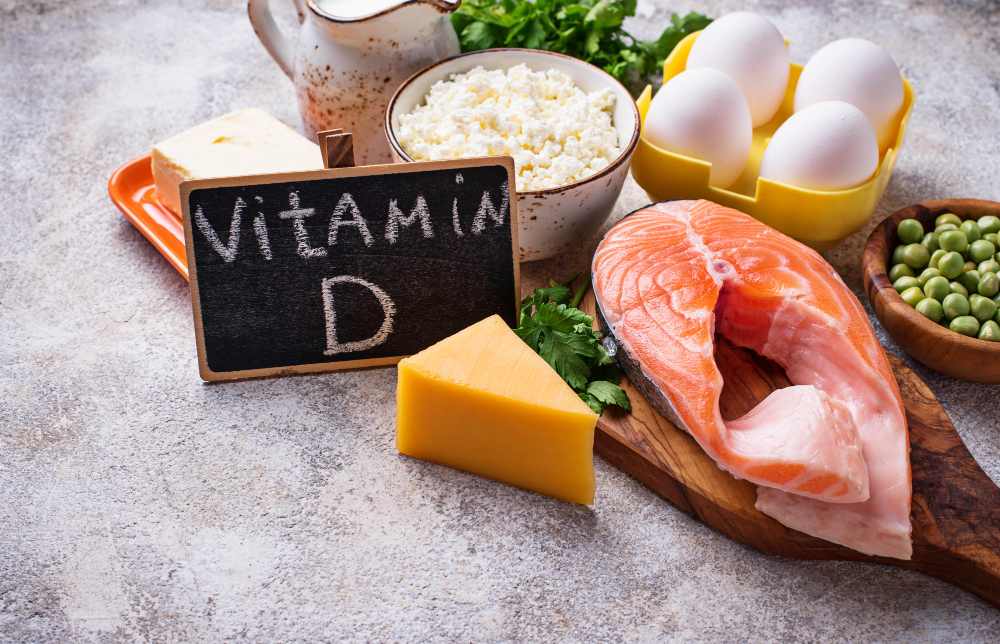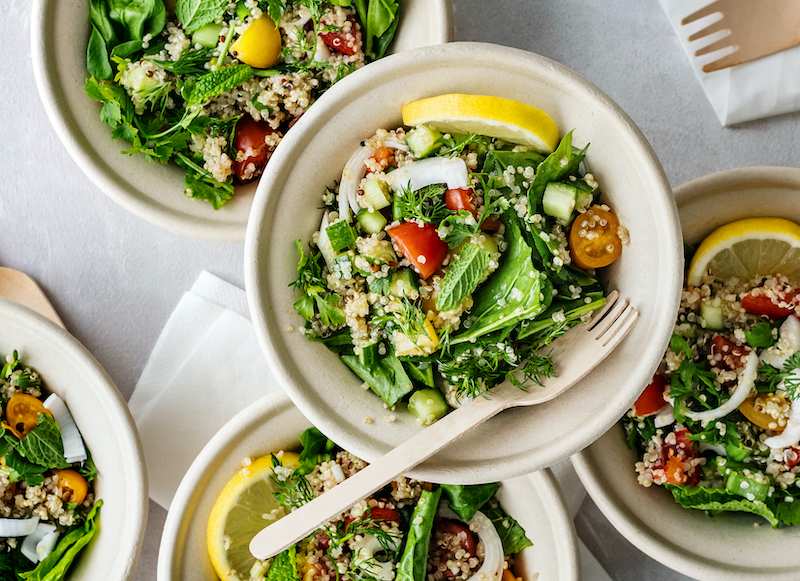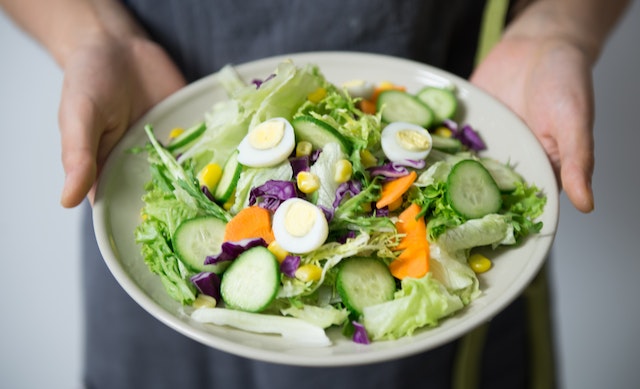Vitamin D is the essential source for building strong bones and preventing rickets disease, which causes the softening of the bones. This vitamin has a pivotal role in the development of children, even starting shortly after birth- with the supplement of 400-IU and breastfeeding. Its quantity depends on the kids’ age i.e. one of younger than 12 months old requires 400 IU of the vitamin D every day and the other of 1-2 years old demands 600 IU.
Intake of Vitamin D must be in the right amount to help the body regulating the amount of phosphate and calcium. Thus, not only bones, but teeth, and muscles also stay strong. Moreover, it is also helpful in building a strong immune system. One research proves that vitamin D blood serum levels of 50 ng/ml are likely to prevent viral respiratory infection. There are also a few chances of preventing diseases like cancer and heart problems, autoimmune diseases like multiple sclerosis, in addition to the protection against cardiovascular disease, diabetes, and dementia.
Sources of Vitamin D
Vitamin D is a unique nutrient that we find from multiple food options but it’s also the element that a developing body makes itself. We get vitamin D from three sources- from the sun, food sources, and respective supplements.
1. Vitamin D from the sun
Sun is also a good source of Vitamin D, due to which this nutrient is so-called “the sunshine vitamin.” When a child gets exposed to ultraviolet rays, the process synthesizes vitamin D in the body. It is the best way to quickly fulfill the requirement during the months from late March/early April to the last of September.
2. Food Sources
Foods with high levels of Vitamin D include some fish like light canned tuna or salmon, yogurt, eggs, cereals, cod liver oil, whole milk, soya milk, and pure juices like orange juice. There also come Vitamin D supplements in the market that can be consumed only on the recommendation of doctors.
Cow’s milk
Plain whole cow’s milk is an excellent product as sold milk in stores is richly fortified with Vitamin D; It is recommended only for children more than 1-year-old.
3. Supplements
Supplements are prescribed only according to a child’s age, and specific body requirements by a certified doctor.
Quick Recipes with Vitamin D sources
Apart from sun exposure, the most suggested way to fulfill vitamin D requirements is to follow respective food choices. Some quick recipes rich in vitamin B are:
1. Blueberry Muffin Smoothie
Healthy smoothies are the best way to substitute sodas with nutrient-rich food. Take almond milk, Greek yogurt, lemon zest, frozen bananas, frozen blueberries, and uncooked oats. Grand them well and serve in the favorite glass.
2. Strawberry Granola Yogurt Bark
The cup of yogurt bark made with strawberries, Greek yogurt, honey, and granola is the quickest recipe to take up a kid’s interest.
3. Greek Yogurt Chocolate Fudge Pops
Your kids can’t say “no” to the delicious pop sticks. So, let’s make it rich with Vitamin D by making it from milk and Greek yogurt. The vanilla and semi-sweet chocolate are the best ingredients to add sweetness to the recipe.
4. Cheese Snacks
Vitamin D and cheese have a good relation, which is why this exciting snack is the most preferred choice. Make the wafer style or star-shaped cheese chips by quickly then baking in the oven. Here the dish is ready for your lovely kid.
Deficiency of Vitamin D in children
Vitamin D deficiency in kids can cause a disease called rickets with legs appearing bowed. Also, you may notice aches and pains, fractures, deformities in joints, lower limbs, back pain, delayed motor development, muscle weakness, and more problems related to bones and muscles in kids with deficiency of Vitamin D. Also, in later years of adolescence and adult life, a condition called osteomalacia occurs.
Thus, it is better to understand, implement the suggestive plans, and keep the kids’ diet plan rich in Vitamin D.
![]()







